Between March 31st – April 9th 2017, the National Dance Center is hosting the third edition of a performance festival featuring some of the most interesting Polish artists to date in Bucharest. I spoke to Larisa Crunțeanu, the curator of the event, now living in Warsaw, about working on this project and the stakes of presenting it on the Bucharest art scene.
A year ago you moved from Bucharest, where you were co-curating Atelier 35 for quite a while, to Warsaw. What made you take this decision and, in retrospect, what did it mean for your practice?
My longstanding activity with Atelier 35 (co-curated with Xandra Popescu) was possible due to number of factors. One of the most important was the unconditional support from my life partner. So when he got the invitation to collaborate with a Polish company, I thought it is my turn to show the same support and encouraged him to accept and move together in Warsaw. In other words, it was love and money!
It turned out it was the right decision, both personally and professionally. I started to come in contact with the local performance art scene, as well as the visual arts scene, I started working with the artists from the local institutions, to see the similarities and differences in terms of subjects, trends, surviving strategies, policies. I am migrating between two worlds and this is also evident in my recent work. After last year’s experience where I curated The Telenational Dream (a video art and film project by Romanian artists and others) in Warsaw, now I am curating News from Polska #3 (performance art festival with works by Polish artists and international collaborations) in Bucharest.
Tell me your thoughts on the visual arts and performance art scenes in Warsaw. With the inevitable Bucharest comparisons. How accessible are they to a new-comer, how dynamic, how relevant are they nationally and internationally?
In Warsaw, the spaces that exhibit visual contemporary art are mostly institutions and commercial galleries. There are very few non-governmental, non-commercial initiatives. This is one of the first things that surprised me, coming from Bucharest where I was used to creating and experimenting art generated in self-managed contexts. The performative arts follow a slightly different narrative, probably due to Poland’s long tradition with independent theater. Warsaw has independent spaces for theater and dance, some of which are offering stable financial platforms for the production of new shows. The bigger picture would be that the Warsaw cultural scene feels more “western”. Two possible causes are the influence of neighbouring countries – Germany, The Netherlands, Sweden – and the more generous and decentralized budgets that helped built more stable organizational structures in time.
As for openness towards new-comers – it’s hard for me to compare it to Bucharest where I don’t feel like an outsider. All I can say is that Warsaw has more international projects – residencies, seminaries, congresses, which means that the institutions have more experience in working with foreigners. On the other hand, most of the organizers in Bucharest communicate their texts in both Romanian and English, which makes it easier to stay updated with the cultural agenda, something I rarely see in Poland.
Speaking of texts, there is a difference regarding communicating with the public, especially when it comes to public institutions. While in Warsaw, I stumbled on numerous occasions on complex texts that needed to be read more than once in order to be understood. And I don’t mean the art show catalog, I mean communication with the wide audience. In Romania, the desire to make all cultural products and projects accessible often involves an exaggerated simplification of texts. I am not saying that one way is better than the other, but this is one aspect that made me become aware of the type of public encounter and dynamic the text aspect of a project can produce.
How fast did you start to activate in the Warsaw art scene and in what media?
After about half a year after I relocated I curated The Telenational Dream at Kino Iluzjon in Warsaw.
How did you start working on the project you want to present at CNDB, News from Polska?
I started collaborating with the Polish Institute in the fall of 2016 when I curated the performance and reading group Hypercube pressed between the pages of a .pdf, at the Paintbrush Factory in Cluj. The artists involved were Alina Popa, Adriana Gheorghe, Ioana Gheorghiu and Florin Flueraș, the members of the performance and theory platform Black HyperBox of which I am also a part of. While preparing the project, I thought of the possibly inviting Brud, a hibrid collaborative group I joined in Warsaw. The Polish institute could not support our initiative, but the model put forward at Cluj seemed interesting to them, so we started discussing the possibility of a collaboration for News from Polska 2017. After the initial talks came a period of researching – I already knew the activity of a few choreographers and performers around the KEM space in Warsaw, curator Mateusz Szymanówka was organizing a showcase of Polish performance art where I saw a few shows, Nowy Teatr was preparing another showcase of theater and dance, as well as a publication I was lucky enough to be able to read before hand. This was the basis for my selection and concept back in December 2016.
What is the festival’s theme and how do the selected plays answer to this theme?
The 2017 edition of News from Polska‘s theme is called The Tickler and The Ticklee and it was inspired by a concept from development psychology (eferential systems) applied to the internal discourse. These systems provide a way for the brain to control the actions it undertakes. A kind of indigo copy that precedes the original. The ephemeral copies are identical to the motor signals and emitted along side these so that they are later compared to the sensorial input. After comparing the two, the brain adjusts and perfects the motor actions. The same copies inform us about the author of this input – this is why we can’t tickle ourselves, because we know the action is predetermined. In the early 20th century, Lev Vygotski wrote that speaking with no interlocutors is a condition and not a consequence in the development of the human mind and that this starts by imitating others talk. In other words, internalizing exterior voices is a condition of developing your own. As opposed to a motor action, when it comes to the internal dialog of eferential systems, it doesn’t work as well when it comes to identifying the sources. The works chosen for News from Polska #3 can be placed within this territory from the perspective of the text, the choreography, or the live effects. A prescriptive text of religious origin, a dialog with an imaginary loved one, a consumerist voice which coordinates desires and appearances, the isolated body where the afferent copies are ignored and do not register new moves – these are just a few descriptions of some of the performances that will be presented in the festival.
What area do these pieces belong to – do they focus on body movement or do they rather work on the theoretical, speculative dimension of dance? And how real and useful are these categories in your curatorial practice?
These categories are concepts that I take into account and work with especially when I am part of a curatorial project and when these can determine expectations that will radically influence one’s perception on the project. Without punctually placing certain works into certain categories, I can say that the 2017 edition of News from Polska highlights both speculative practices that deconstruct and exhaust the idea of dance, as well as examples of choreographic virtuosity, complex drama texts and interdisciplinary experiments. Although this is a performance art festival, we tried to introduce a counterpoint that belongs to another category. The Tower by Karolina Bregula is a type of opera for film, so a time-based work that is not live. It will be screened on April 9th, before the ZONE-L concert that closes the curatorial initiative of The Tickler and the Ticklee.
What are, to you, the stakes of presenting this project at CNDB and the Bucharest art scene in general?
CNDB has played an important role in my development: this is the context where I was exposed to multidisciplinary contemporary practices and worked with performance art for the first time. So one personal stake would be recognizing these influences as well as evaluating myself and the Center after more than 7 years since working within it, in the hopes of reconnecting. Another stake would be raising awareness and negotiating categories, since we were on that earlier. I had past experiences with curating performance art where programs in their own rights were presented in visual art contexts (A guide for an unacceptable behavior at MNAC & Lost letters. Between the white cube and the black cube at Atelier 35 together with Xandra Popescu and Hypercube pressed between the pages of a .pdf at The Paintbrush Factory with Black HyperBox). Most of the works were created or adapted for these programs where the concept was the constitutive part which preceded the works, and the presentations were done with technically limited means in spaces that were only partially or not nearly adapted for a live performance. Whereas News from Polska is a festival hosted by a black box. The structure is multi-annual, each edition is a new independent yet not autonomous episode, there is a kind of negotiation between the high expectations we have with what was and the vision of what could be from year to year. Likewise, the experience put forward to the public is one where the spectator is isolated from the performance space via the inherent separation between the stairs and the stage. My stubbornness to work with methods borrowed from the white cube in a black box context is an experiment for me, as well as for the local scene, I think.
A final thought: the structure of The Tickler and the Ticklee is an invitation to gradually discover the working methods of the artists we invited and I think this has a strong education potential. The type of thinking and relationship between Aaron Ratajczyk FKA Zuzanna Ratajczyk and Eoghan Ryan in the show Daughters of Lust during our first evening will be explained and used as a way of working in the two days of the News Breed Tournament workshop that the artists will hold. Ania Nowak will offer an artist talk where she will discuss the performance Offering What We Don’t Have to Those Who Don’t Want It and the artistic research behind it. After two nights of Ramona Nagabczynska performing in Make Yourself, she will present her solo act pURe produced a while ago. The components of News from Polska #3 are intertwined and affect each other reciprocally, making room (I’d like) for a nuanced view on the process of working in the performative arts.
News from Polska #3: The Tickler and the Ticklee is at CNDB during March 31st – April 9th 2017.
POSTED BY
Cristina Bogdan
Founder and editor-in-chief, between 2014-19, of the online edition of Revista ARTA. Co-founder of East Art Mags, a network of contemporary art magazines from eastern and Central Europe. Runs ODD, a s...
www.evenweb.org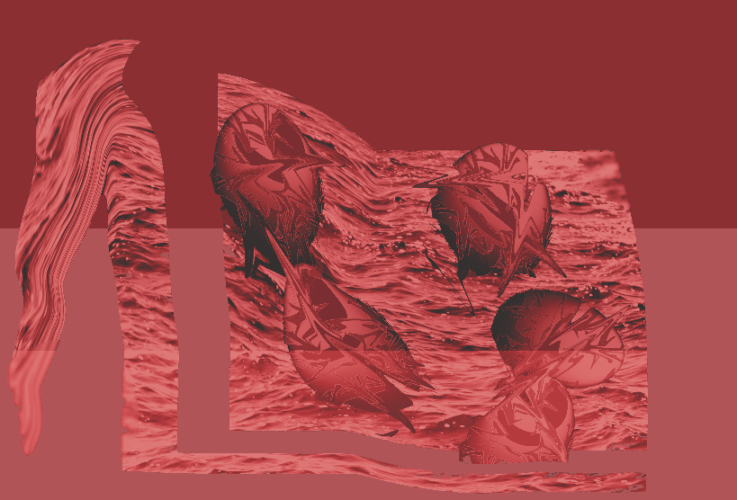
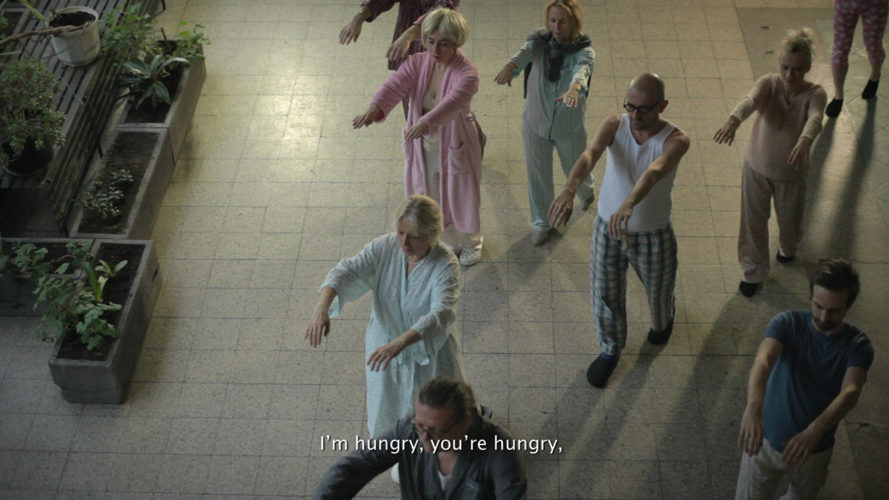
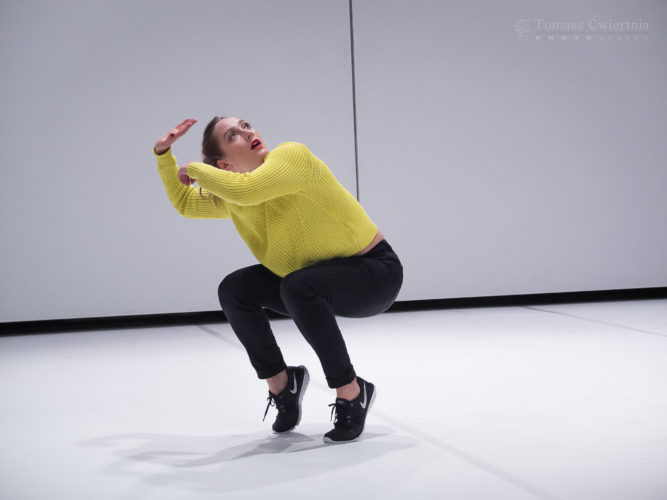
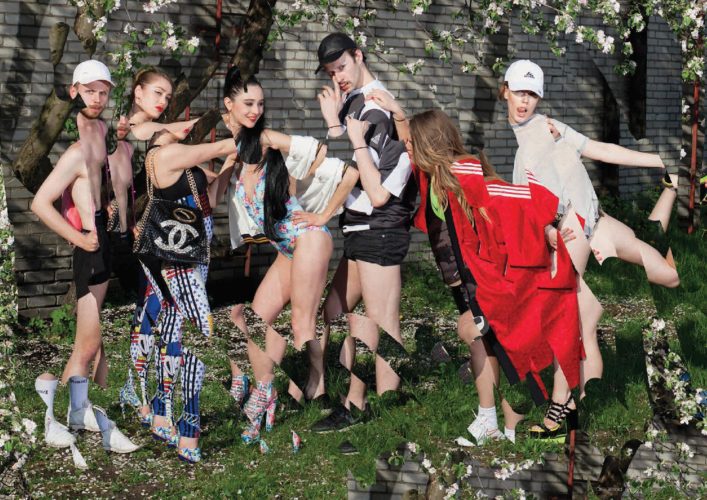
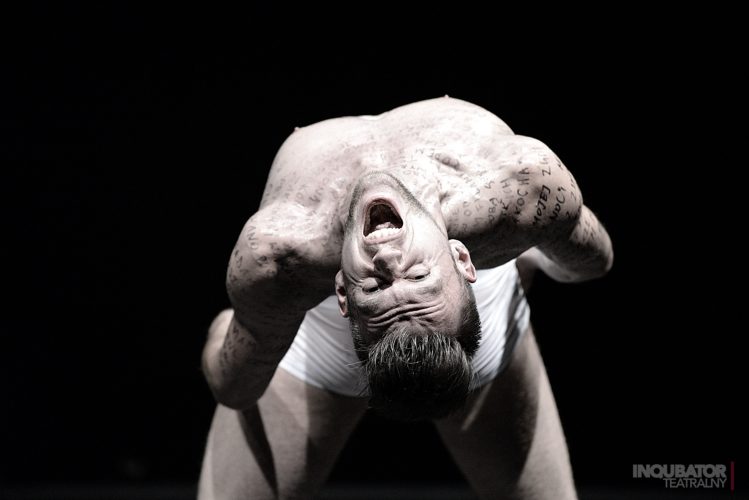
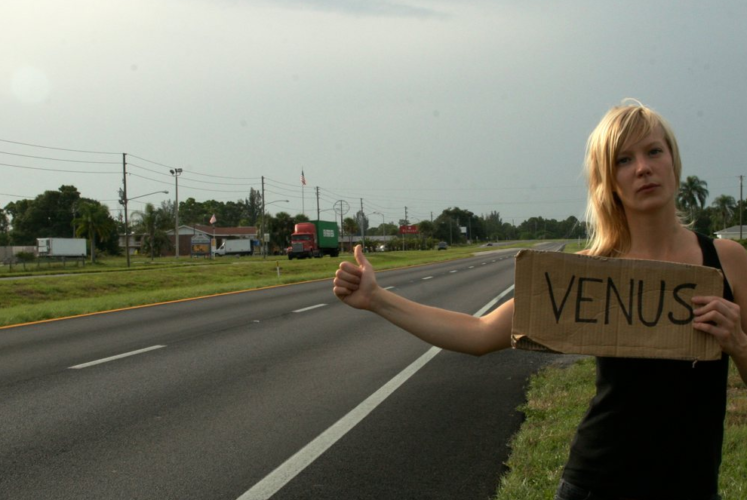
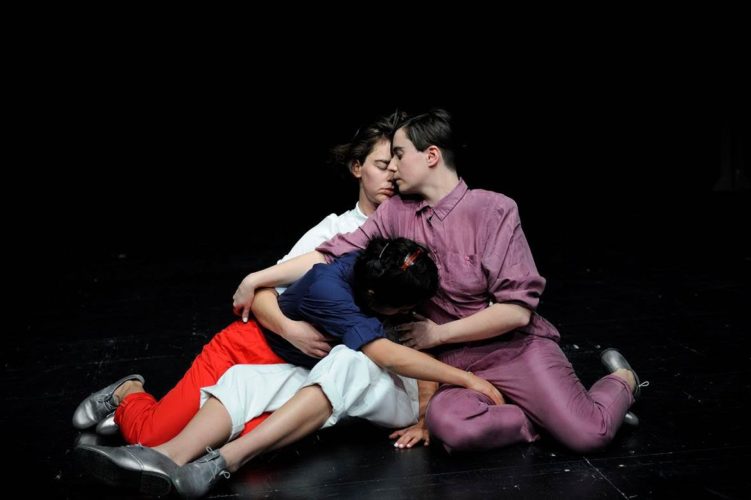
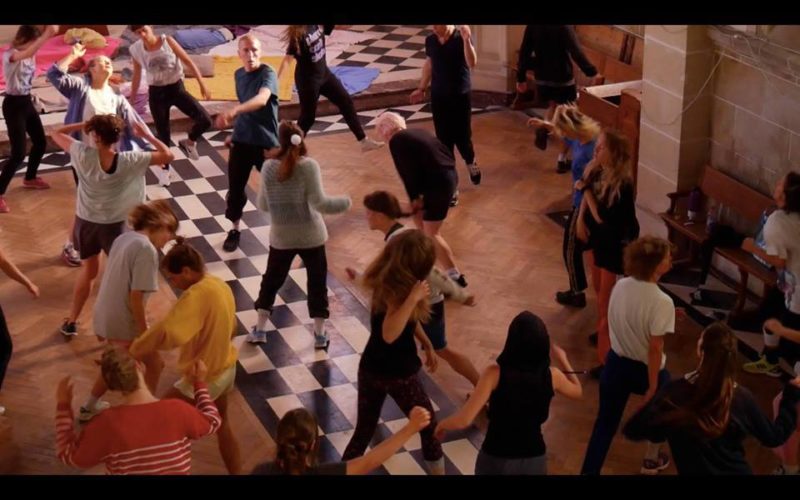
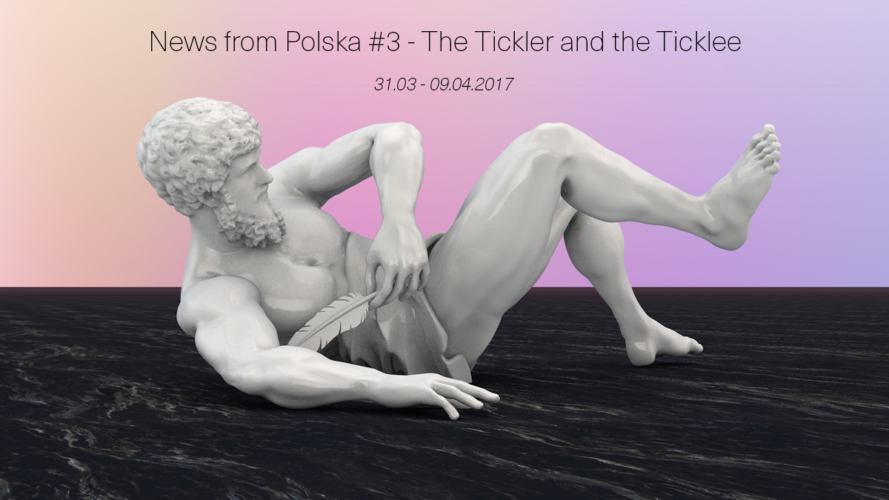
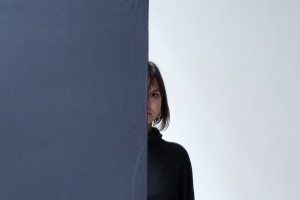
Comments are closed here.